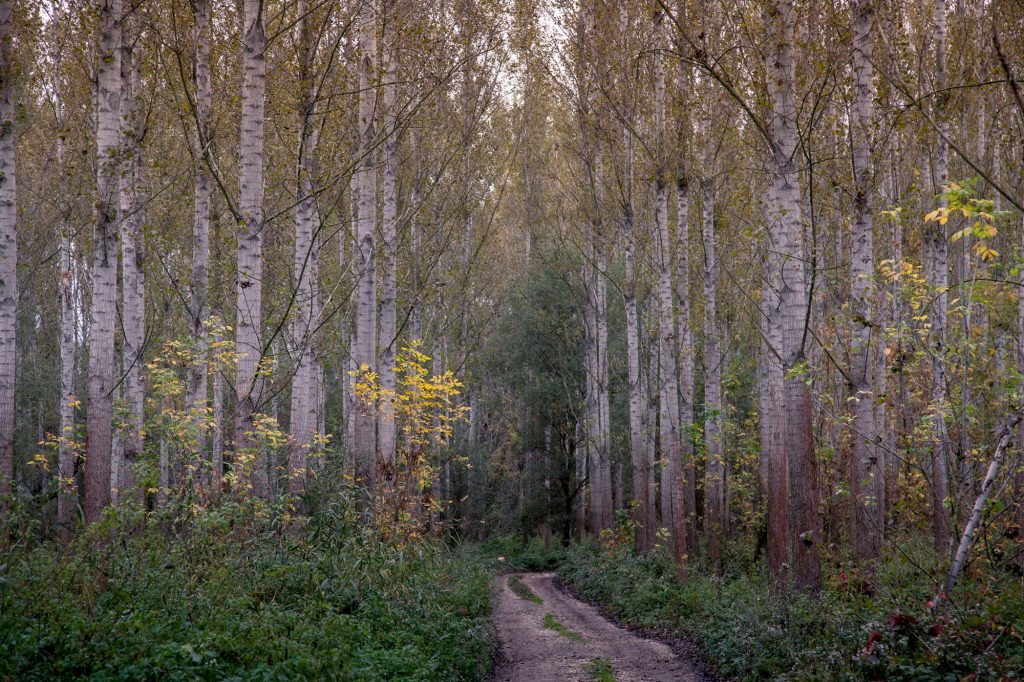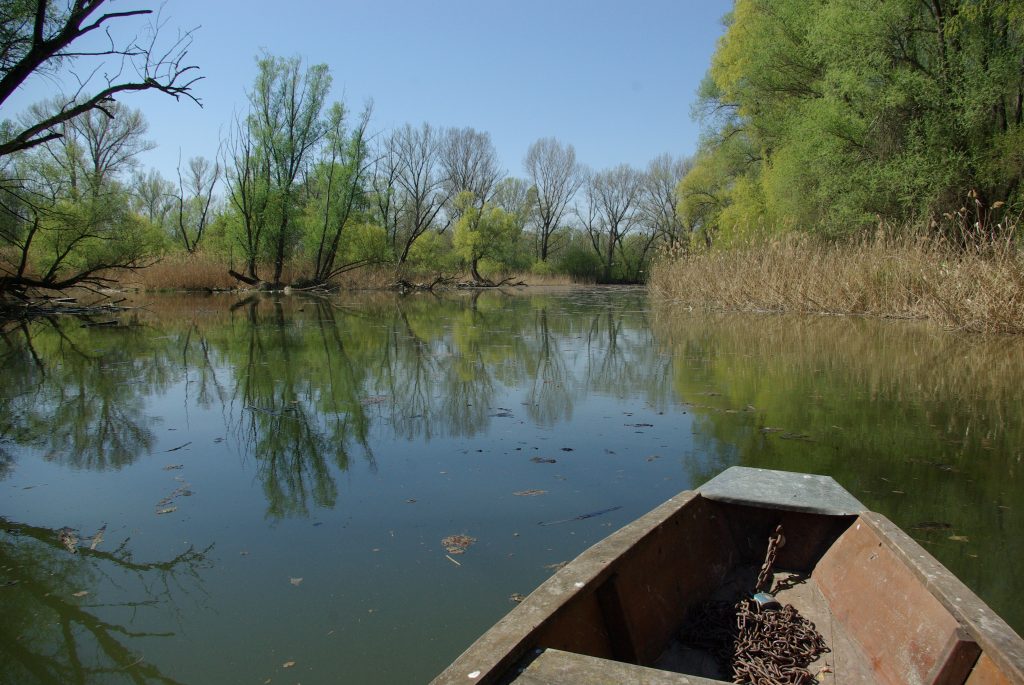Floodplain forests are often overlooked in the search for solutions of climate change. However, floodplain forest restoration can play a very important role in reducing CO2 concentrations in the atmosphere.
Trees have the ability to capture large amounts of CO2 from the atmosphere and store it as carbon in their tissues. An adult tree can sequester up to 22kg of CO2 in one year.
As a result, forests are extremely important in slowing down the ongoing climate change caused by high concentration of CO2 in the atmosphere as a result of burning of fossil fuels and habitat destruction.
However, some types of forests capture carbon dioxide better than others.

Owing to the river dynamics, which influences the floodplains, the foreses growing here have a much higher productivity and thus a much higher ability to capture and store CO2. In their vegetation and especially the soil, floodplain forests store twice the amount of carbon compared to forests growing at higher altitudes.
Forest soils are especially important as a carbon pools – more than 50 %. And this is exactly why floodplain forests are no. 1 in absorbing and storing carbon. The regular floods constantly renew the soil turning the soils into „CO2 sponges“.
In comparison: approximately 53 tons of CO2 are stored in one hectare of beech forest, while one hectare of floodplain forest holds up to 354 tons of CO2.
Forest management practices also affect the ability of a forest to capture CO2.
Monoculture of hybrid poplars

Today, the Danube Floodplain forests in Slovakia are under great pressure from intensive forestry which favours non-native hybrid poplar species. These hybrid poplars have a negative effect on both biodiversity and the climate as their potential to store carbon is 50% lower compared to the native forest.
Forests in the Danube floodplains were also negativelly affected by the construction of the Gabčíkovo water dam which changed the water regime of the floodplain area. The water was diverted from the original Danube riverbed and a large part of the floodplain system now suffers from drought.
The lack of river dynamics reduces the forest’s ability to regenerate and thus also its potential to sequester CO2.

Especially in the context of the ongoing climate crisis, floodplain reforestation offers itself as an effective solution in our efforts for climate change mitigation.
By introducing regular controlled floods in the Danube floodplains, we would kick-off the natural processes of the floodplain forests and forest-friendly management would ensure that the ecological needs of the forest are taken into account.
Thanks to their amazing ability to absorb CO2 from the atmosphere, investment in the restoration of floodplain forests would bring both rapid carbon sequestration value and long‐term ecosystem services returns.





